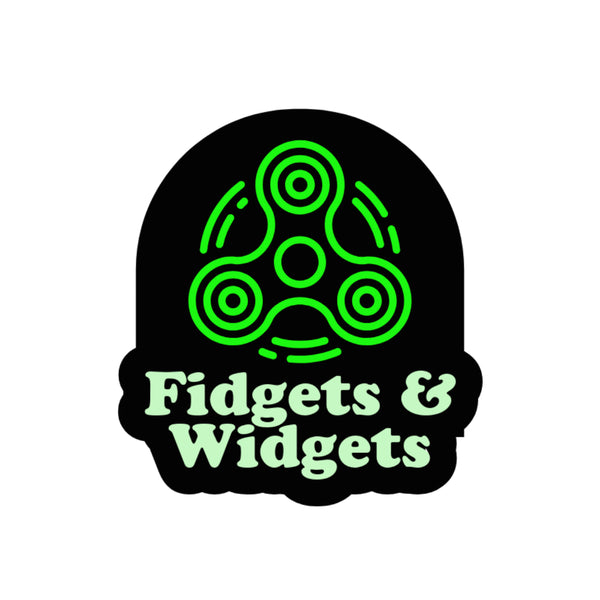
Precision and Presence: How Cognitive Focus Devices Can Support Surgical Training
Share
At Fidgets & Widgets, we’re always looking for ways our Cognitive Focus Devices (CFDs) can improve real-world outcomes. One emerging area of interest is surgical training, a high-stakes environment where calm focus, steady hands, and sustained attention are crucial. Could a small, silent object really make a difference in preparing future surgeons for the pressures of the operating theatre?
We believe the answer is yes!
Focus Under Pressure
Surgical trainees often face a steep learning curve. They're expected to develop not only technical skills but also the psychological resilience to operate under extreme pressure. Mistakes can have serious consequences, and the mental toll of long hours and high expectations is well-documented.
Research into cognitive load and procedural performance has shown that anxiety and distractions can impair learning and execution in clinical training settings. That’s where our CFDs come in.
CFD Use in Simulated Environments
Cognitive Focus Devices can be introduced in simulated surgical settings, such as practice labs using VR or synthetic body parts, to help trainees stay present and manage performance anxiety. Holding a silent CFD before or after practice procedures can support grounding, reduce nervous energy, and foster mindfulness. For trainees with neurodivergent traits (including ADHD, autism, or heightened sensory processing), this small sensory anchor may provide a valuable coping mechanism.
Some users may even benefit from handling a silent CFD during non-sterile observation or reflection time, aiding focus without disrupting others. Unlike traditional stress balls or loud fidget toys, our designs are purposefully quiet, tactile, and designed for personal regulation without becoming a distraction to others.
Supporting Steady Hands and Self-Regulation
CFDs encourage fine motor engagement and sensory feedback, which could be useful in developing hand control and dexterity. We’re not suggesting they replace scalpel practice, but they can form part of a wider toolkit for preparing the mind and body for precision-based work.
By integrating short CFD exercises into pre-session routines, training programmes could help learners centre themselves before engaging in complex motor tasks. This aligns with techniques already used in sports psychology and elite performance coaching, where fidget tools and tactile aids are increasingly embraced as part of pre-performance rituals.
Neurodiversity in Surgical Education
We’re particularly excited about how CFDs can support neurodivergent students in surgical training. Medicine has traditionally valued conformity and standardisation, but inclusive education means recognising that students learn and concentrate differently. Quiet, controlled fidgeting may help some trainees maintain attention and manage stress without medication or exclusion.
CFDs, when provided by the training institution, can be standardised, inspected, and incorporated into policy, just as we propose for silent fidgets in exam environments. This ensures consistency and eliminates the risk of distraction or misuse.
What's Next?
We’re currently exploring partnerships with surgical trainers, medical schools, and healthcare simulation centres who would like to pilot CFD use with trainees. If you're involved in clinical education and would be interested in running a small-scale trial or observational study, we’d love to hear from you.
At Fidgets & Widgets, we design for real people doing real work, and there’s no work more real than saving lives. Whether it’s helping a trainee surgeon find calm focus before their first solo procedure, or giving neurodivergent students tools to succeed, we’re proud to be part of that journey.
